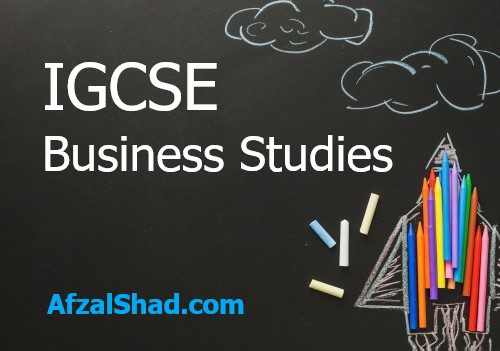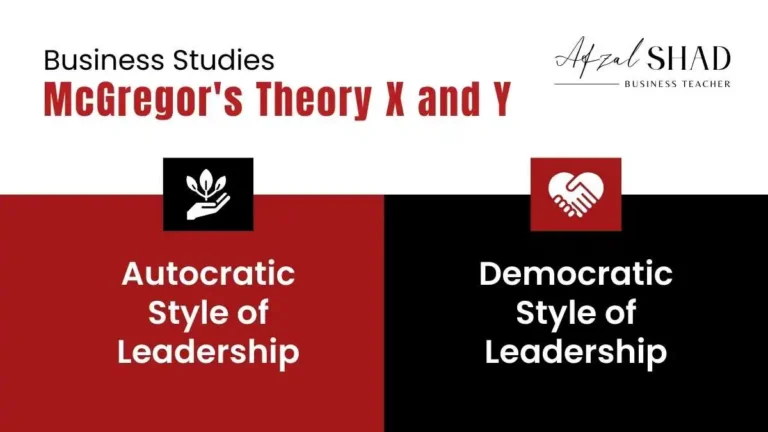Definition:
The marketing mix is a set of tools that businesses use to create, communicate, deliver, and exchange offerings that have value for customers, clients, partners, and society at large. The marketing mix is often referred to as the 4 Ps of marketing: product, price, place, and promotion. It helps business devising the future roadmap for any business products & services. Without the presence of a balanced marketing mix, the final recipe to successful product isn’t complete.
Explanation of Marketing Mix with an Example:
The product element of the marketing mix refers to the good or service that a business is offering. This includes the features, benefits, and packaging of the product. For example, the product element of the marketing mix for a new smartphone would include the screen size, battery life, camera quality, and software features.
The price element of the marketing mix refers to the amount that customers are willing to pay for the product. This is influenced by a number of factors, including the cost of production, the competition, and the perceived value of the product. For example, the price element of the marketing mix for a new smartphone would be influenced by the cost of production, the prices of competing smartphones, and the perceived value of the smartphone’s features.
The place element of the market-ing mix refers to how the product is made available to customers. This includes the distribution channels, the location of stores, and the website. For example, the place element of the marketing mix for a new smartphone would include the retail stores where the smartphone is sold, the website where the smartphone can be purchased, and the shipping options.
The promotion element of the market-ing mix refers to how the product is communicated to customers. This includes advertising, public relations, and sales promotion. For example, the promotion element of the marketing mix for a new smartphone would include television commercials, print ads, online ads, and social media marketing.
How Apple used Marketing Mix?
The market-ing mix can have a significant impact on the success of a business. By carefully considering the 4 Ps, businesses can create offerings that meet the needs of their target customers and deliver them in a way that is convenient and affordable.
Apple has been very successful in marketing its iPhones by carefully balancing the product, price, place, and promotion elements of the marketing mix. The iPhone is a high-quality product that is well-suited to the needs of its target customers. The price of the iPhone is relatively high, but it is still affordable for many consumers. The iPhone is available through a variety of distribution channels, including Apple’s own retail stores, online retailers, and wireless carriers. Apple also invests heavily in promotion, including television commercials, print ads, and online marketing. As a result of its effective marketing, Apple has been able to achieve great success with the iPhone.
Why Business Studies Revision Notes by Sir Afzal Shad?
- 19+ Years of Teaching Experience to IGCSE/O-Level Students
- To the Point and Cambridge Endorsed Definitions & Explanations
- Sample Answers from the Past Papers
- Activities / Case Studies included for Practice
How a School uses Marketing Mix?
When it comes to the services sector in business, marketing mix becomes an integral part for the successful service. Let’s look into the school’s possible marketing strategy. For instance;
Product: while talking about the product in a school which can be an A levels or IGCSE school stream of Cambridge or Edexcel. The possible uniqueness in their products would be the delivery of education by having unique and experienced teachers. An activities which may inculcate the practical capabilities and skill set in the students I’m enabling them to join the universities and the real life sector in the future. The schools without provision of proper skill set and expertise to the students may not be able to place their students into the good universities anymore.
Place: the placement strategy of a school is more important than the product oriented business because in product oriented business the products may be delivered rightly to the customers by using the Courier services sometimes but when it comes to the services obviously the school students have to come physically to care to the services. With the advent of the social media an online stream of educations now it is becoming easier for the schools to place themselves online and expand their reach. Whatever strategy schools are using, online or offline, in both cases they have to place themselves in a distinguishing position against their competitors.
Promotions: some of the schools have distinguished themselves against the other school systems especially when it comes to some of the schools in Pakistan we normally take an example of roots international, roots ivy, beacon house school systems who are effectively managing their promotions as well as advertisement strategies. Some other schools which includes travels and benchmark education system are also playing a role by promoting their results and effectively attracting a greater number of students.
Pricing: The pricing strategy of the school system varies according to their stream of education let’s talk about an A level and IGCSE level schools’ systems, offering the Cambridge and Edexcel syllabuses in Pakistan. Most of these schools are charging approximately Rs 20,000 to Rs 45,000 a month on average (2024 update) whereas there are some outlets which are charging way beyond this level of pricing which is around Rs 150,000 to Rs 200,000 a month on average. The pricing strategy develops a perception in eye of the consumers in terms of brand placements.
Group Plan
Group Sessions for IGCSE, A Levels Business for Cambridge, Edexcel & AQA Boards. The most economical offer for all.
- Online + Face 2 Face Sessions
- Economical Fee Structure
- Recorded Lessons
- Complete Syllabus
- Short & Crisp Notes
- Discussion based Sessions
- Complete Past Papers Coverage
Focused Plan
Can’t afford high fee but need personal attention too? This is the right plan for you. (1-3 Students Group)
- Everything in Group Class PLUS
- Online Focused Sessions
- Group of 2-3 Students
- Extra Discussion Sessions
- Additional WhatsApp Support
- Additional Practice Quiz
- FREE Access to Marathon Sessions
Shad Pro Plan
Need a Major Jump in Grades in less time? Want 1 to 1 sessions with max focus on YOU! (Limited Spots)
- Everything in Group Class PLUS
- Online Premium Sessions
- Daily Personal Attention
- Dedicated Shadow Teacher
- 24/7 Support Services
- Each question answered
- FREE Access to Marathon Sessions
Related Topics:
- Measuring Business Size – IGCSE Business
- Market segmentation – IGCSE Business
- Target marketing – IGCSE Business
- SMART Business Objectives – IGCSE Business
- Positioning in Marketing – IGCSE Business
- Marketing strategy in IGCSE Business
- Marketing plan in Business




